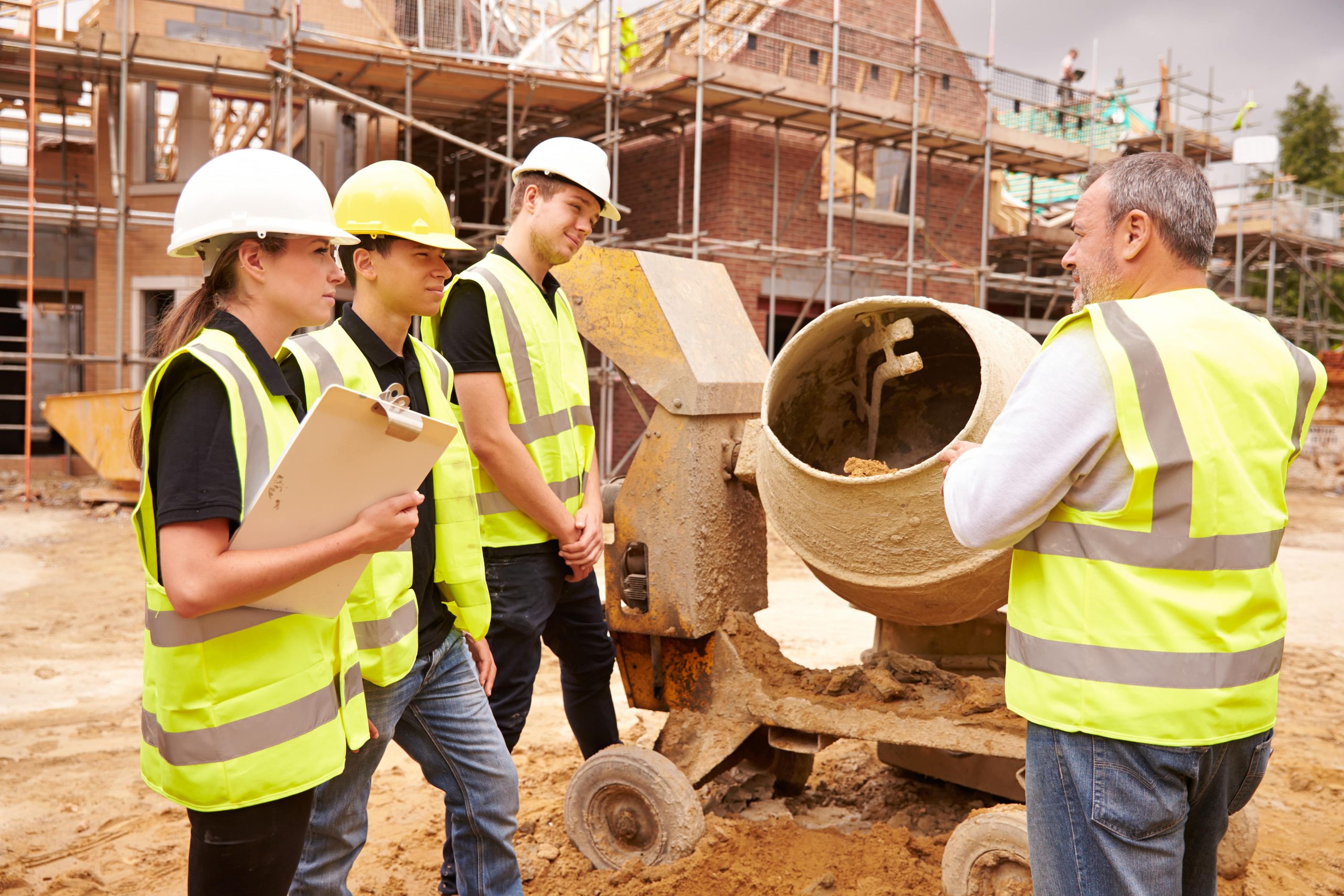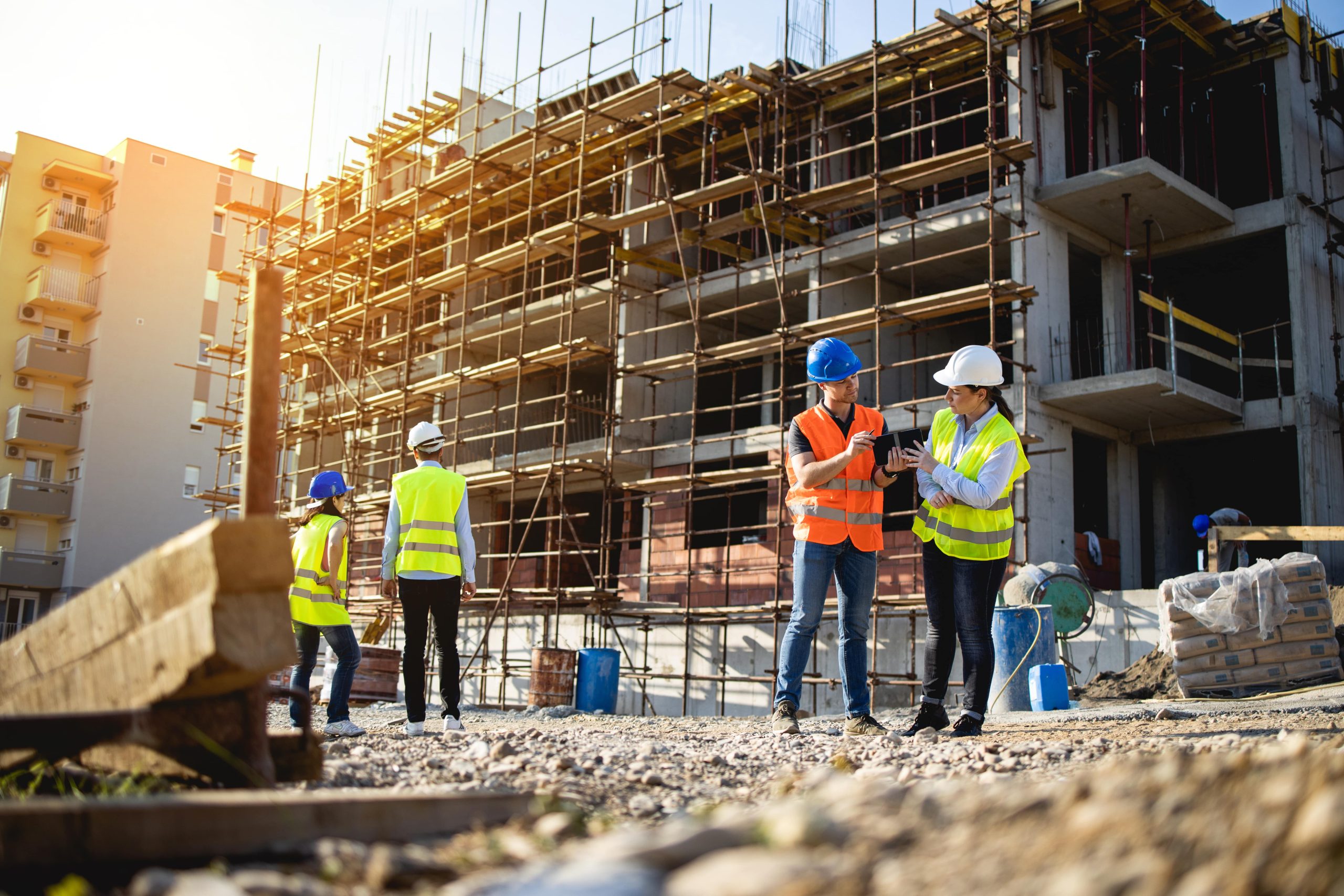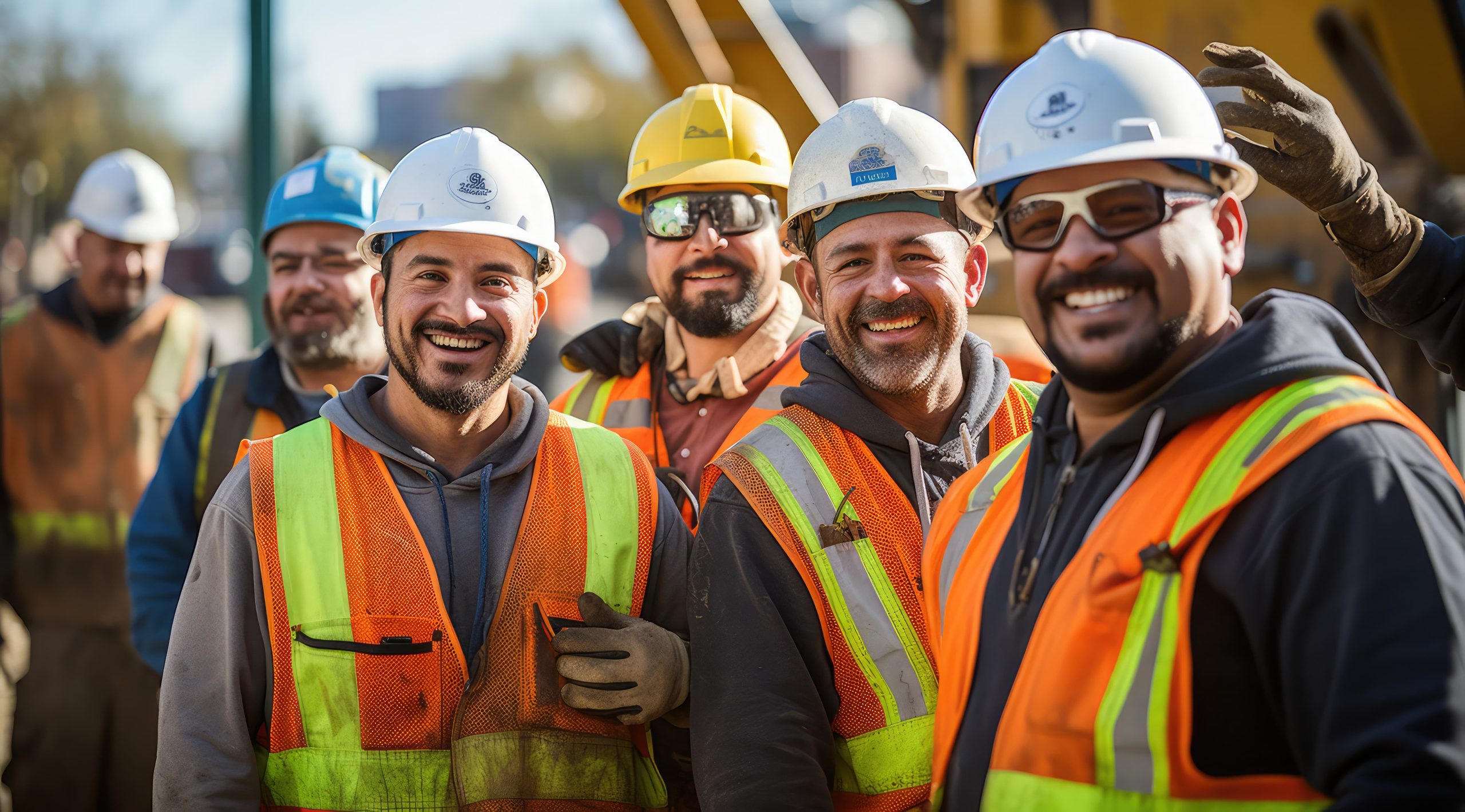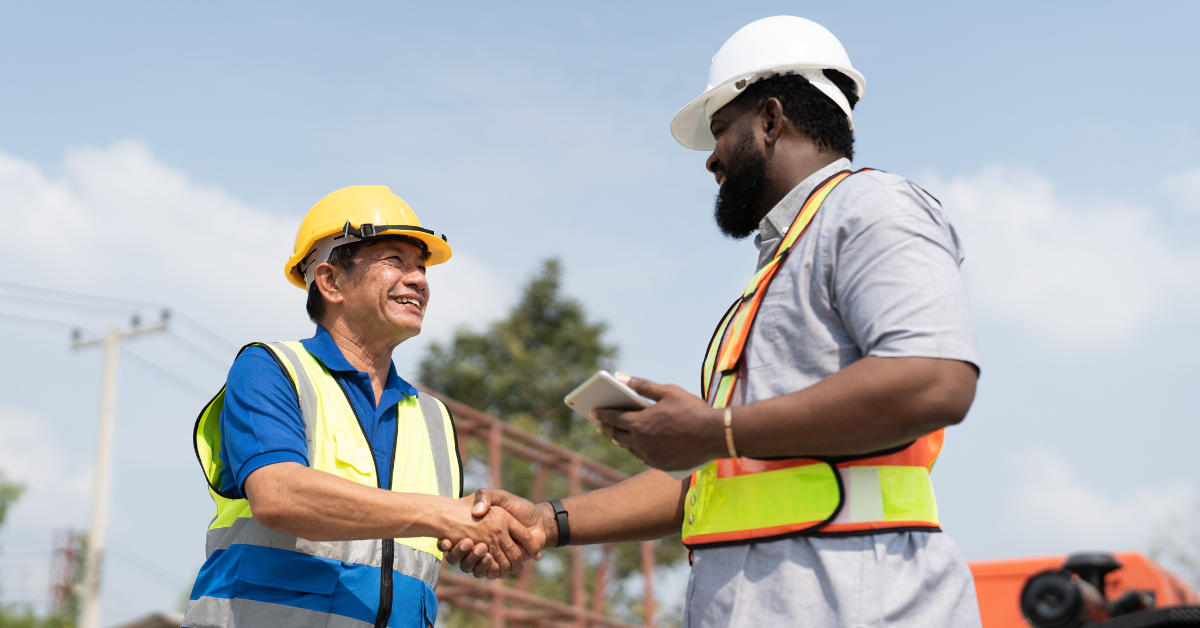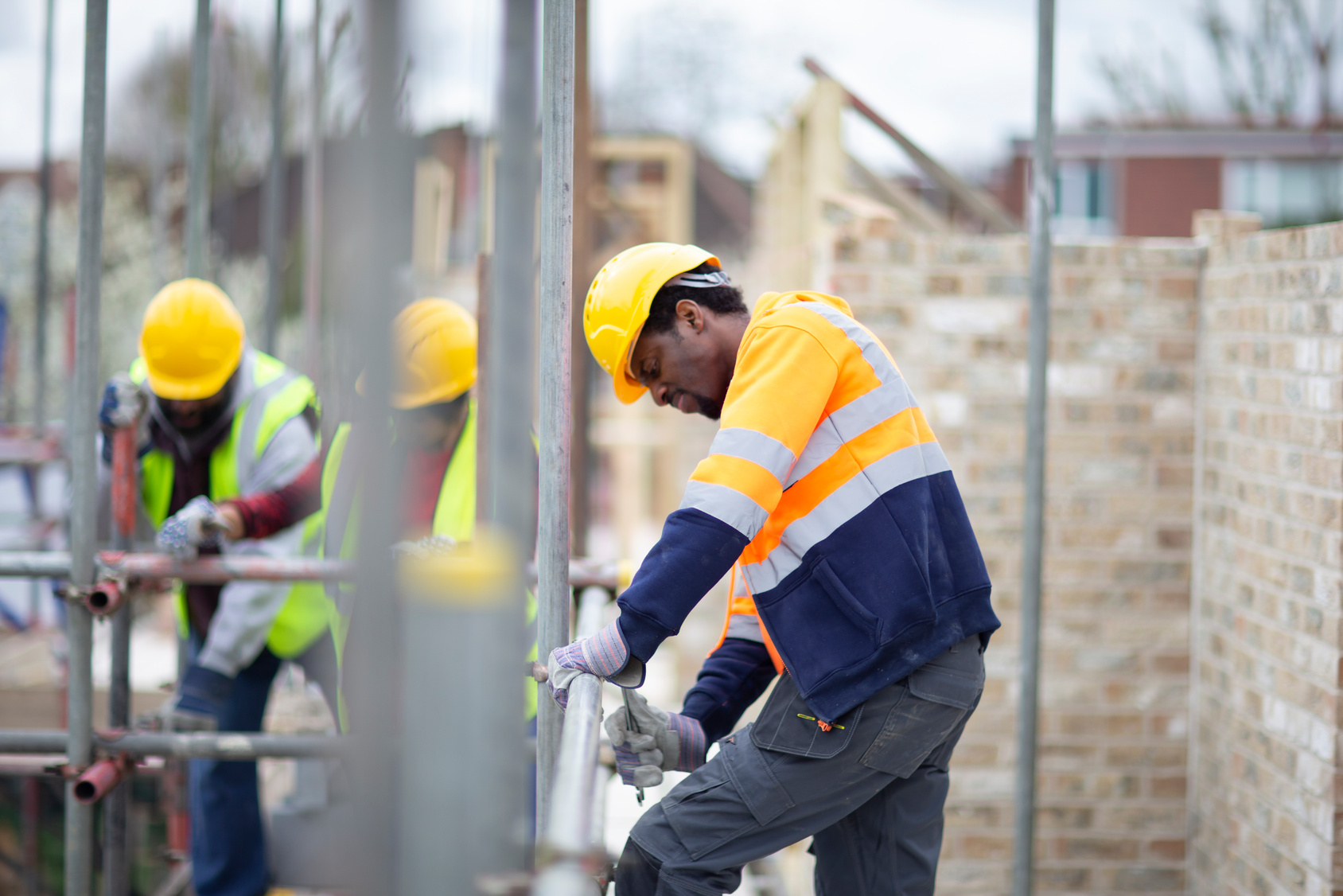Excellent teamwork is critical to construction project success. But when your employees speak different primary languages, optimizing communication is the most pressing first step. In construction—the industry with the largest disparity between the number of workers who primarily speak a foreign language and managers who speak those languages—the importance of multilingual communication is set to rise in coming years.
Immigrants already make up 36.7% of construction laborers. As the U.S. foreign-born population grows, attracting more immigrant workers can help your firm combat construction skills shortages while unlocking opportunities to work with global clients. And yet poorly managed language gaps can lead to decreased productivity, low-quality outputs, and major safety concerns. In fact, Texas—where Spanish-speaking workers are especially prominent—leads the nation in workplace injuries and deaths; over the past decade, two-thirds of Texas workers who died on construction sites were Latino.
So, how can you effectively manage, support, and protect your multilingual staff? Even if your construction site leaders are primarily English speakers, you can leverage these four strategies to overcome language barriers in the workplace.
1. Use Visual Aids
Training materials, project specifications, and other essential resources are commonly filled with technical jargon, which can be incredibly difficult for English as a second language (ESL) speakers to understand. Visual aids—including images, videos, diagrams, and even hand gestures—can help you get key messages across without relying on words. This can be particularly effective for demonstrating safe equipment operation when onboarding new staff members.
2. Offer Language Courses
Leveraging a common language is the simplest way to communicate within a multilingual team, but skilled construction workers may not be fluent in your language at all. Offering ESL courses can help you bridge the gap, empowering immigrants to achieve a basic working proficiency in English. In the long run, ESL courses can even prepare workers to take on senior roles, which can support your skilled labor needs as construction recruiting grows more competitive.
However, multilingual workforce development opportunities don’t have to be limited to construction laborers. Providing leaders—including shift supervisors and foremen—with resources to learn terms in Spanish or other languages that are commonly used on construction sites can support communication while building inclusivity. Effective resources can include pocket translators and Spanish as a second language (SSL) courses.
DPR Construction is one company that successfully offered both English and Spanish language-learning opportunities. The firm implemented an online solution through Rosetta Stone with the goal of achieving zero safety incidents and, as a result, improved internal and external communication.
3. Create Multilingual Communication Channels
Basic conversations can help multilingual teams get work done, but offering non-English communication channels is ideal for strengthening employee support, as well as improving retention and camaraderie on your team.
Multilingual communication channels—which should be managed by a bilingual team member or outsourced to a translator—allow workers to fully voice their safety concerns, make requests, and contribute their ideas to your team. Consider accepting anonymous feedback in multiple languages, too. Sending internal newsletters in each worker’s preferred language can further help employees stay engaged and on the same page.
Increasingly, companies are also leveraging construction technology that offers Spanish language support, including eSUB Cloud’s construction management software.
4. Require Cultural Competency Training
Multilingual teams are multicultural teams—and differences in culture can lead to diverse ways of working, beyond speaking different languages in the workplace. Promoting cultural awareness through professional development courses can help your staff members build rapport and avoid misunderstandings at work. When all your employees are aware of different cultural norms, communicating with varying degrees of fluency can become much easier.
Construction firms like Swinerton further support inclusion by hiring diverse local talent and partnering with minority-owned businesses, so employees from all backgrounds feel they have an equal voice.
Optimize Safety Training with Help from a Construction Staffing Agency
Learning how to overcome language barriers in the workplace is critical to your construction firm’s success. Providing language courses, cultural competency training, and similar resources can help your team effectively collaborate on projects while staying engaged and on the same page.
Strong multilingual communication is also essential to worker safety on construction sites. Visual communication can promote understanding of essential processes in the field. However, partnering with an experienced construction staffing agency is the best way to ensure your employees are well-prepared to work with your firm.
At Skinner, we’ve built an expansive network of multilingual skilled trade workers over the past 80 years—and we know the materials they need to understand safety procedures before their first day on the job. We streamline your hiring process by not only finding the right talent for you, but also providing up-to-date, site-specific safety training and licensing resources to your new hires.



